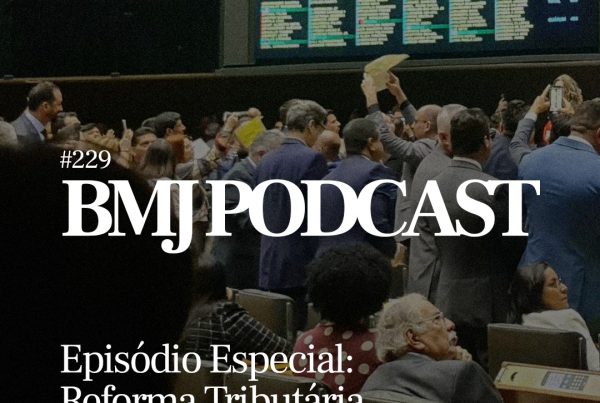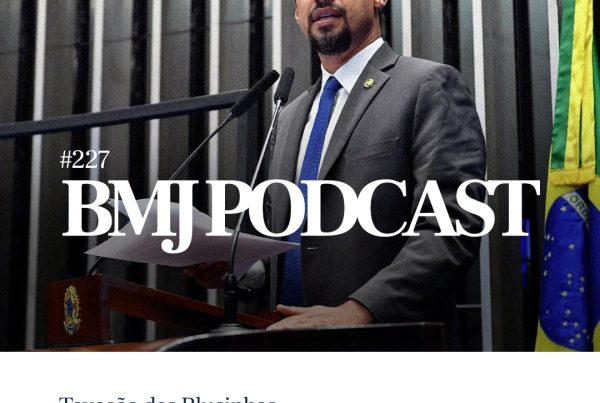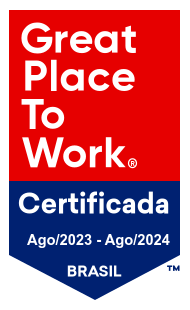The Brazilian federal government launched last week the program “Single Portal of Foreign Trade” (Programa Portal Único de Comércio Exterior), an internet based system aimed to unify and simplify all systems of governmental agencies involved in the processes of exportation and importation in the country. The site, the government says, will reduce the period of time of the exporting process from 13 to eight days and the period of the importing process from 17 to ten days by 2017. The progress is certainly welcome by foreign companies looking to invest into this country and Brazilian importers in general, but it was perhaps most needed by Brazilian exporters, who have long demanded better conditions to improve their competitiveness abroad.
Exports and imports in Brazil have been on an upward trend since the early 2000’s, as a result of the growth of this economy allied with greater openness to the world market. Since 2011, however, this trend has experienced a slower pace and, in 2013, the Brazilian balance of trade totalled US$2,558 million, the worst result since 2001. In the same way, in the first three months of 2014, the balance of trade registered the worst deficit since 1994, US$6,07 billion, where imports totalled US$55,66 billion compared to US$ 44,58 billion of exports – a 4.1% decreased from the same period in 2013*.
It is not in the scope of this article to argue for all the reasons for these balance of trade results, but to discuss the very environment created for international trade in Brazil. The Brazilian foreign trade is characterized today by low proportion of high value-added products for exports; low levels of R&D of Brazilian companies; excessive regulation in all foreign trade procedures; severe limitations of transport infrastructure and port operations; and difficult access to credit for S&M companies. These and other factors are encompassed in what is called the ‘Brazil Cost’ (Custo Brasil), namely a set of economic obstacles that hinder the competitiveness of domestic producers. Among such obstacles, is the slow, complex and somewhat unnecessary bureaucracy faced by businesses attempting to integrate global value chains.
83% of businessmen in Brazil claim to have problems to exports and 79% affirmed they cannot improve their competitiveness due to bureaucratic, customs and tariff related obstacles**. Up to 26 documents are required from them when exporting by sea and 15 by air. Indeed, in 2012, Brazil was 106 out of 118 countries of the World Bank rank on effectiveness of the customs clearance procedure at ports. Brazil takes about 5.5 days to clear goods, while China and India, other members of the ‘BRICS’, spend 3.5 and 3.4 days respectively. The Industries Federation of Rio de Janeiro (FIRJAN) also found that while at the Shangai airport customs clearance take 4 hours, at the Guarulhos airport (São Paulo) it takes 177 hours and at the Galeão airport (Rio de Janeiro), 217. Moreover, according to the National Industries Confederation (CNI), bureaucracy costs add up to US$2,200 per container in Brazil, compared to an average of US$1,000 in countries of the Organization for Economic Cooperation and Development (OECD).
The “Single Portal” comes to tackle, albeit partially, these bureaucracy issues. It will allow companies to present information only once to all federal agencies, reducing time and expenses to both exporters and importers*** . It is estimated that companies will save about US$20billion with this change. The site will also allow companies to monitor the progress of their operations in detail, increasing the transparency of the process. Moreover, the system includes the creation of a new customs flow, implemented in 2013, which eliminated over 80% of the requirements for printed documents, and the app that allows importers to consult the status of customs clearance through mobiles and tablets.
The reduction of the period of time of the import and export processes is lower than previously announced by the government, but if reached, they will take the country to the world average, which today is 11 days for exports and 10 for imports according to the World Bank.
The system will be coordinated by the Secretariat of Foreign Trade of the Ministry of Development, Industry and Trade (MDIC) and the Secretariat of Internal Revenue and should be fully functional in the next three years. It is also a means to achieve some of the goals set at the WTO summit in Bali last year, namely, to create the ‘single window’, to eliminate paper documents, to make available an online system to monitor operations and to improve the coordination among government agencies.
In short, if implemented in the terms announced by the government, the ‘Single Portal’ will help solve one of the key barriers to Brazilian exporters while also making the country more attractive to foreign investment. It is an important step to tackle the ‘Brazil Cost’ much in the same way as the Growth Acceleration Program (PAC) was, but it must come as part of a more thorough reform of the Brazilian trade policy scenario and it must show continuity.
It would be overly simplistic to claim that the balance of trade results abovementioned were caused solely by the excessive bureaucracy in the foreign trade processes or the lack of appropriate infrastructure and logistics costs. These problems are not new and they affect exporters just as much as importers. Moreover, there were other factors in place, such as the developments in the world economy and the persistent decrease of commodities prices since 2011. But the ‘Brazil Cost’ has been present and posing difficulties to the Brazilian industry on top of the international economic scenario. It is necessary for Brazil to adopt a different attitude towards foreign trade, making it more responsive to the demands of the local exporting industry, expanding our export portfolio beyond the primary sector. More measures are required in order to create a business friendly environment, including a strategy towards facilitating trade and gaining market access, investments in infrastructure, fiscal and investment agreements and tariff system simplification. A greater comprehension of the global chain values and the current international trade negotiations is needed. Indeed, in what concerns global chain values and international trade negotiations, the current scenario urges Brazil to put its industry on the map of international trade and be part of the multilateral game.
Verônica Baltazar Prates is a consultant in Government Relations and Corporate Affairs at Barral M Jorge & Associates and an MBA student at Fundação Getúlio Vargas (FGV) in International Business and Negotiations. She holds a BSc in International Relations from the London School of Economics (LSE).
________________________________
*Source: ‘Sem saldo expressivo’, by the consultants Renara Amaral and Welber Barral (estadão).
**CNI – National Industries Confederation
***Currently, there are seven federal systems which an exporter must use besides the local systems.







